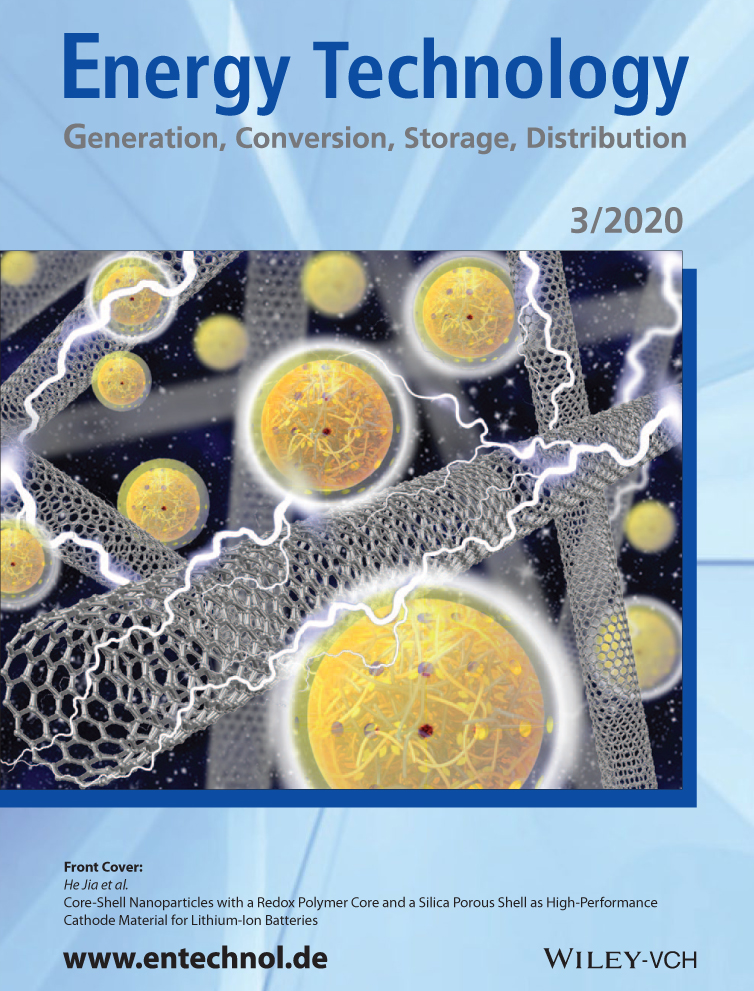Bi-Metal (Zn, Mn) Metal–Organic Framework–Derived ZnMnO3 Micro-Sheets Wrapped Uniformly with Polypyrrole Conductive Network toward High-Performance Li-Ion Batteries
Abstract
Recently, porous mixed metal oxides have drawn interest as advanced anodes toward Li-ion batteries (LIBs). However, there are existing challenges in achieving high-rate capacities/cycle stabilities in practical applications. Herein, bottom-up solvothermal fabrication of bi-metal (Zn, Mn) metal–organic framework (MOF)-derived ZnMnO3 (ZMO) micro-sheets (MSs) is first devised, which are further wrapped uniformly with flexible polypyrrole (PPY) via efficient gaseous polymerization. In the hybrid (denoted as PPY@ZMO), the conductive PPY, as a continuous electronic network, is well dispersed throughout the porous ZMO MSs, which enhances the structural stability and charge transfer of the hybrid anode. Thanks to remarkable compositional/structural advantages and intrinsic pseudocapacitve contribution, the resultant PPY@ZMO anode is endowed with a high-rate reversible capacity of 752.0 mAh g−1 at 2000 mA g−1, and desirable capacity retention with cycling (1037.6 mAh g−1 after 220 cycles at 500 mA g−1). In addition, the PPY@ZMO-based full battery, along with remarkable cycling properties, exhibits an energy density of ≈206.2 Wh kg−1 in terms of the whole device, convincingly highlighting its promising application in advanced LIBs. Furthermore, the synthetic methodology here is highly generalized to other binary metal oxide/conductive polymer composites for energy-related applications.
Conflict of Interest
The authors declare no conflict of interest.




